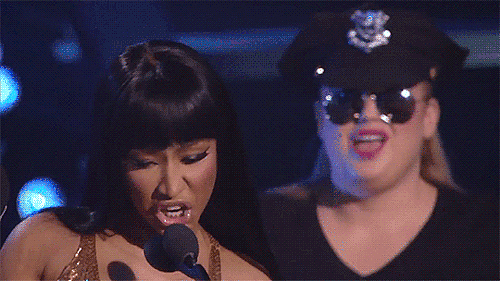The deadly orangutan cocktail
Interbreeding between Orangutan sub-species could lead to thier extinction

Orangutans from a completely distinct subspecies have been accidentally introduced to another wild population, a recent genetic study has found. The population in question is situated in Camp Leakey in Tanjung Putjing National Park, within the Indonesian portion of Borneo (Central Kalimantan).
As their natural habitats are continually destroyed by human interference, increasingly orang-utans are being displaced, with less space available for them to be released back into. There are currently two species of orangutan located in Borneo and Sumatra. Via genetic sampling and 44 years of Camp Leakey data, it was found that two females reintroduced into the park in the 1970s were actually translocated from a different subspecies usually found in a separate part of the island. This isolation means that they have been kept genetically distinct for around 176,000 years. Sudden interbreeding could now have serious unforeseen consequences. To date, these females have produced around 22 hybridized descendants.
In the past, hybridizations have had positive or negative effects on existing animal populations. In some species, the cocktail of genes can lead to an effect of ‘hybrid vigour’, where good qualities from each parent combine, leading to offspring of increased fitness. However, the opposite may occur in the form of ‘outbreeding depression’, resulting in crosses being at a disadvantage compared to purebreds, usually because they are less well adapted to the surrounding environments. And in primates with differing behaviourial traits, that may decrease mating success. So what has been the consequence for the Camp Leakey orangutan population?
The two females in question , Siswoyo and Rani, were rescued from the pet trade having originally been captured from the North West part of the island. Rani has interbred prolifically with local individuals, producing one of the largest families in the park with 14 descendants over three generations. Could this be hybrid vigour in action? At the other end of the scale, Siswoyo has much fewer, unhealthier offspring than any other female in the park. After two offspring dying in infancy and after contracting a follow-up infection, Siswoyo died ten days after her last birth. The only daughter Siswoyo produced has since had a stillborn offspring, a daughter that died in infancy and a son that regularly requires medical treatment. Could this be a tragic example of outbreeding depression? As such, this mixture of results for a population that is very much at risk has got scientists worried about the fate of Camp Leakey orang-utans.
“There is no definitive evidence of outbreeding depression”, says Banes, one of the main scientists in charge of collecting the genetic samples, “but our findings are enough to cause serious alarm.” At the moment, not much is known about how stable the future is for this population, however with constant habitat destruction, hybridization may be a necessity in order to allow the species survival. Many, including the scientists in charge of the study, are strongly opposed to this idea, and uphold the international conservation guidelines. These state genetic testing should be done prior to reintroduction to avoid interbreeding that could effectively decrease population fitness, and lead to higher rates of extinction. A parting quote from Banes perspective on hybridization; “orangutans from different populations haven’t shared a common ancestor for tens of thousands of years. For the sake of short-term welfare, we’ve compromised the viability of wild populations – we can never take that back”.
Threats to these wild populations include poaching, habitat destruction and the illegal pet trade. But at the top of the list lies the production of uncertified palm oil in Southeast Asia, which is used to manufacture a variety of food and cosmetic products. So in the future, try to look for as RSPO or Green palm label that indicates the palm oil is sustainably sourced.








